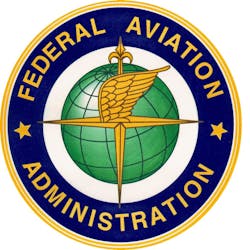5 Fast Facts: FAA's New SMS Rule
The Federal Aviation Administration has finalized a rule requiring certain airports to develop and implement safety management system (SMS).
What is SMS?
SMS, which stands for safety management system, is defined in 14 CFR §139.5 as an “integrated collection of processes and procedures that ensures a formalized and proactive approach to system safety through risk management.” SMS is process management and is comprised of four basic components:
- Safety Policy;
- Safety Risk Management;
- Safety Assurance; and
- Safety Promotion.
As an airport operator, why is SMS important to me?
The development and implementation of SMS is the next step in the continuing evolution of aviation safety. It improves safety at the organizational level through enhanced communication and proactive risk management. Therefore, the FAA is pursuing an aviation-wide approach that would require SMS implementation by organizations in the best position to prevent future air transportation accidents and incidents, including at certain certificated airports.
What does an SMS do?
An SMS provides the framework to support a positive safety culture. An SMS includes repeatable and systematic processes to proactively manage safety. Decision-making processes are structured, consistent, defendable, measurable and data-driven. Hazards are identified and safety risk controls implemented before an accident or incident occurs. Safety Assurance processes, including program and performance evaluation, provide a means for continuous safety oversight; therefore, allowing for a more efficient, smoother and safer airfield operation.
Who does the rule apply to? More than 200 of the nation’s busiest commercial airports (Part 139).
What’s the timeline? 4 to 5.5 years
Find more information on External SMS (SMS for Part 139 airports) at https://www.faa.gov/airports/airport_safety/safety_management_systems/external
SOURCE: FAA
